This article expresses the views of its author(s), separate from those of this publication. Readers are encouraged to comment or submit a Letter to the Editor to share their opinions. To submit a Letter to the Editor, follow the instructions here.
“Run, don’t walk,” “everything is linked in my LTK,” “POV: you just found the perfect jacket for this winter.” If you have spent any extended period of time on Instagram Reels or TikTok, not only have you heard these phrases or similar ones, but they have been ingrained into your subconscious.
I certainly have heard them one too many times due to my overuse of social media as a procrastination tool, and I am not alone.
In 2023, Gallup reported that 51 percent of teenagers ages 14 to 19 spent at least 4 hours a day on social media. Similarly, the Pew Research Center found that “[a]bout six-in-ten adults ages 18 to 29 (62%) say they are constantly online.”
My time scrolling online consists of a constant barrage of advertising disguised as entertainment, including undisclosed sponsorships, repetitive content and plugs for items that will most likely wind up in a landfill within a year.
Instagram and TikTok thrive on influencers marketing brand deals or links to their Amazon storefronts. Outside of short-form content, there are video podcasts with Celsius cans sitting just within the frame or unsubtle advertisements popping up in awkward moments.
I am not saying the entire digital content ecosphere is bad. There are definitely some content creators online doing creative, original work. I understand why these individuals feel the need to support themselves by taking up brand deals.
However, my personal experience tells me that the majority of online content does not add anything new or interesting to the world. Instead, content creators post on social media solely to profit off brands wanting market exposure through vapid content.
Something that comes to mind often is this legal battle between two influencers. They both make similar content showing off Amazon hauls and an overall beige aesthetic.
A beige aesthetic that one influencer claims as their intellectual property.
The main question I have when considering this situation is, why do they think they’re any different from other influencers?
The two do have a brief history, which may have fueled suspicions, but I think it’s negligible. There are plenty of content creators who make identical content, so it doesn’t stand out.
Identical, repetitive content is the natural state of the online world, especially when you start to base content creation on advertising dollars.
Dealing with the current state of social media feels like that one part of Wayne’s World where they make fun of product placements. But these product placements have fully become the entertainment people turn to, further normalizing ads encroaching onto daily life.
___
For more information or news tips, or if you see an error in this story or have any compliments or concerns, contact editor@unfspinnaker.com.




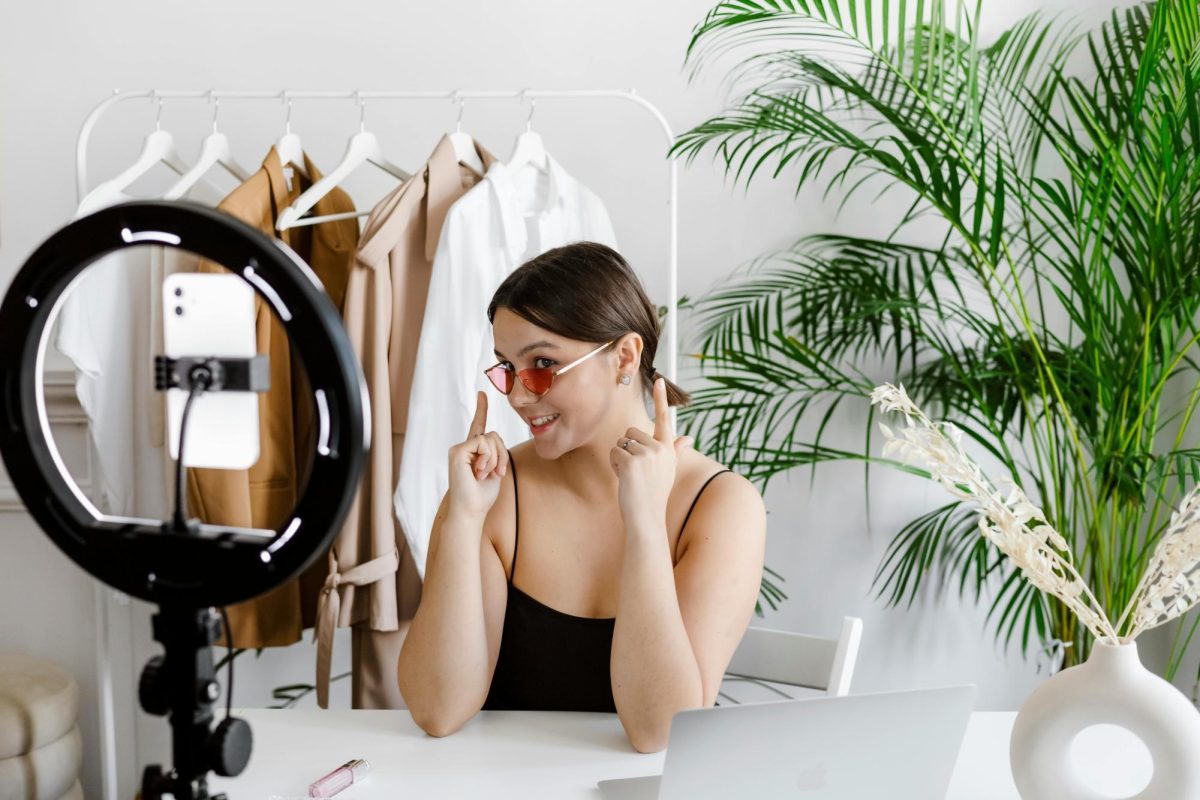


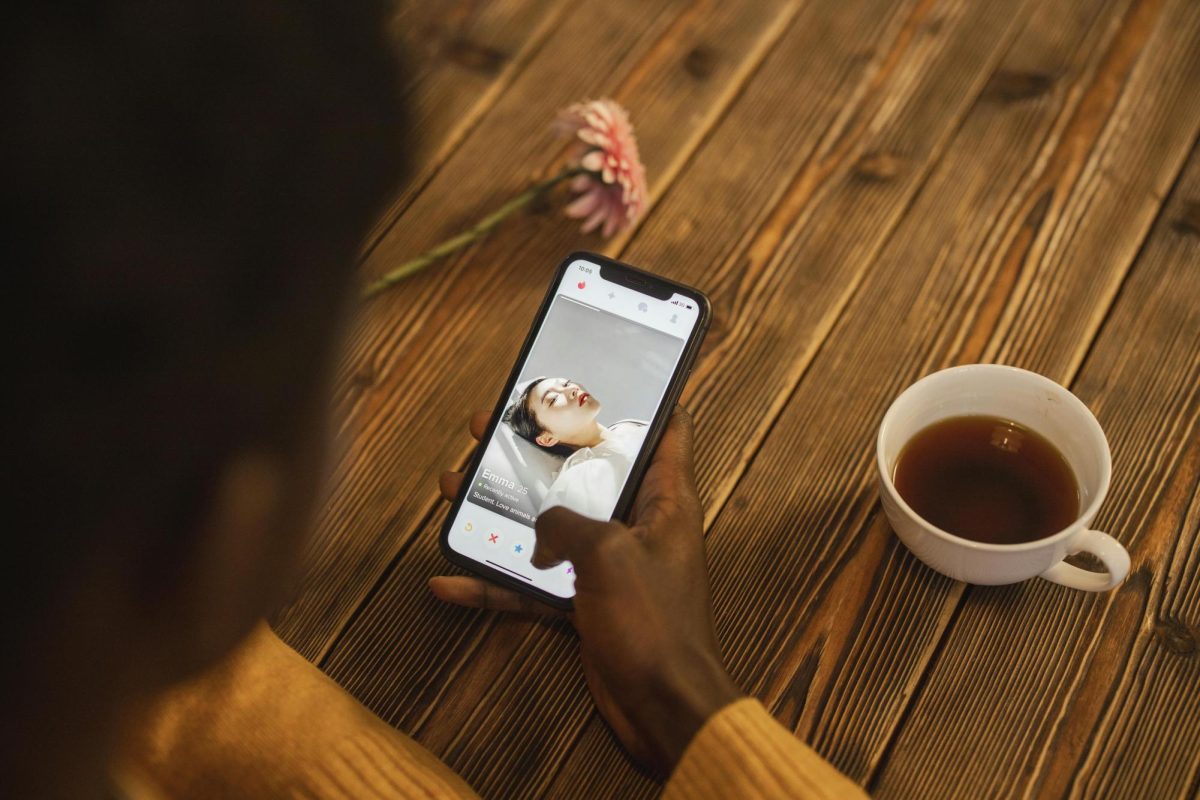
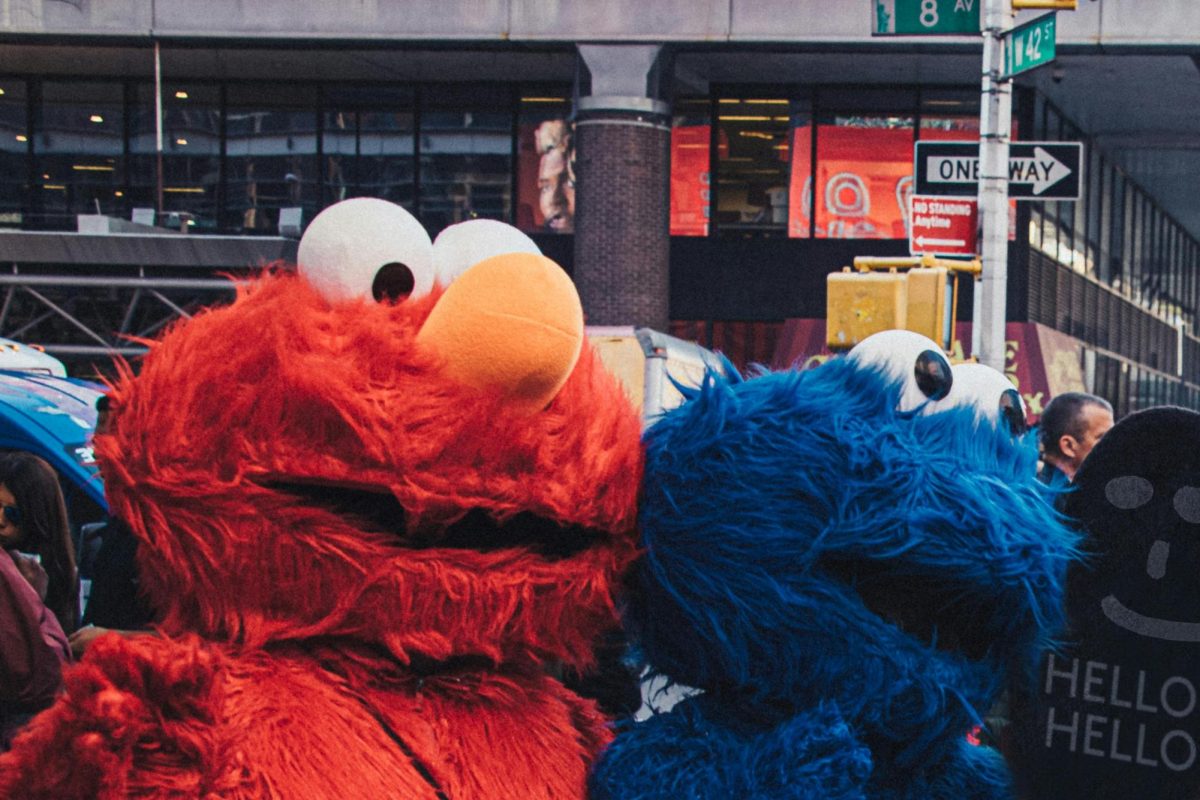
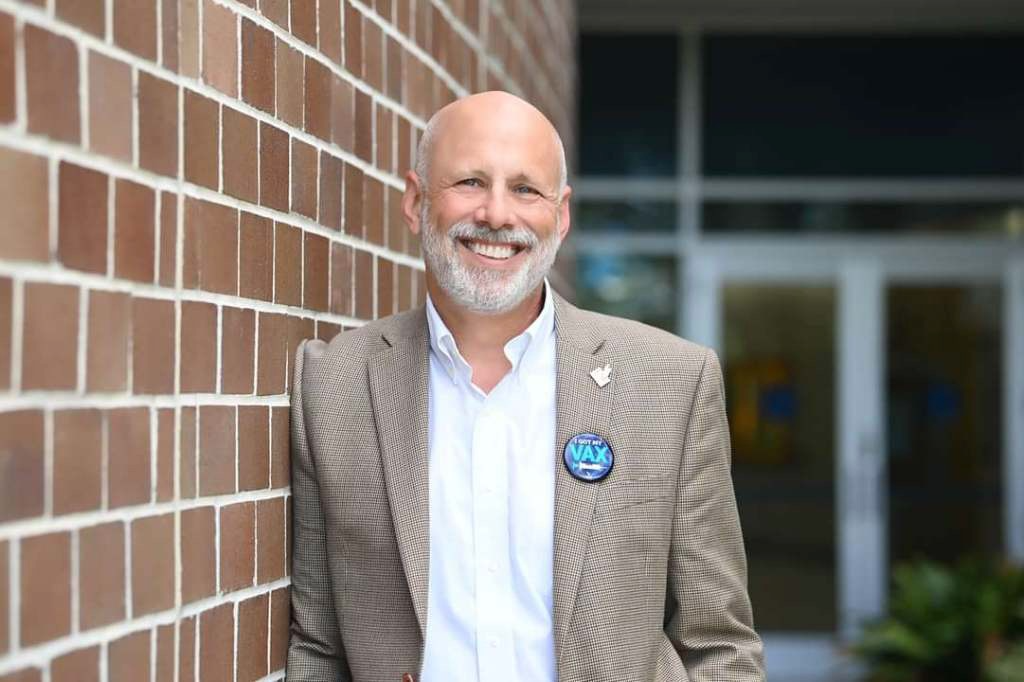
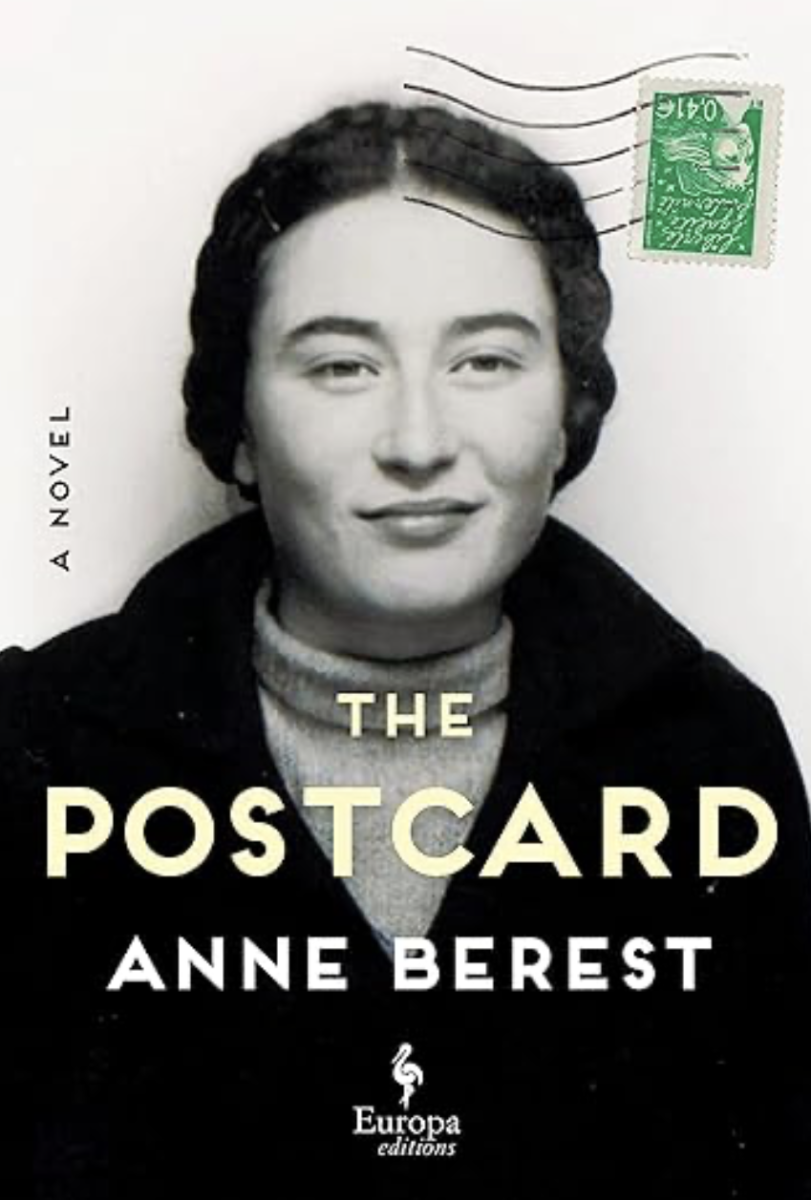
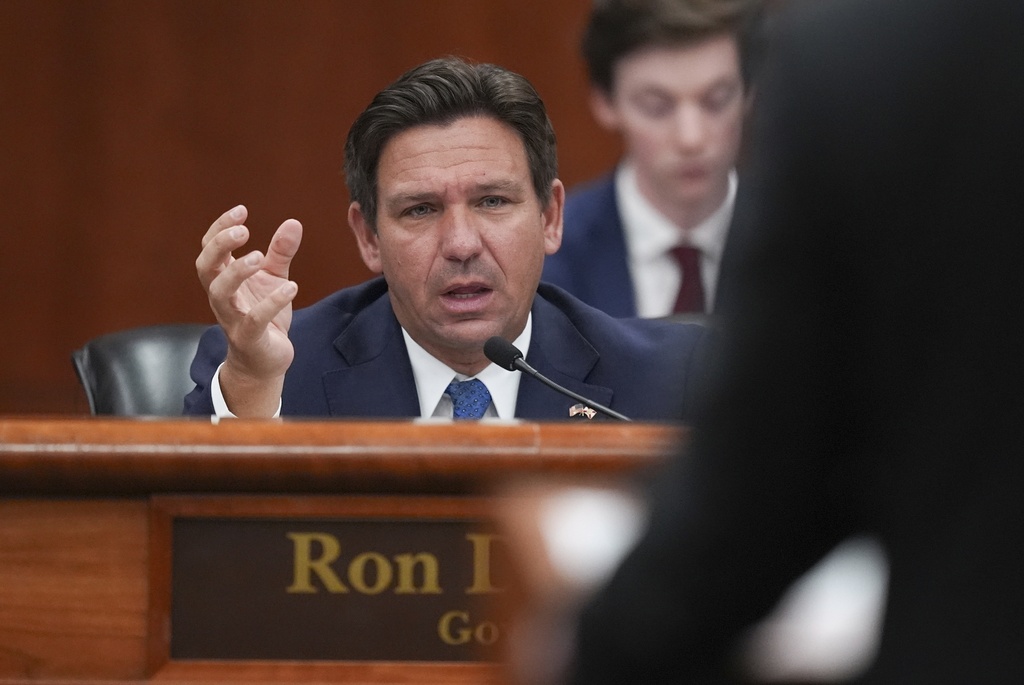


RJB | Mar 31, 2025 at 2:05 am
Advertising is important especially to content creators and also journalist, news blogs etc. Blocking ads use Adblockers is not really the answer and especially that the war google is engaging currently on adblockers. A better solution and which is definitely the future is GrayScaleAdz has shown to be the future of ads, for content creators and journalist alike.